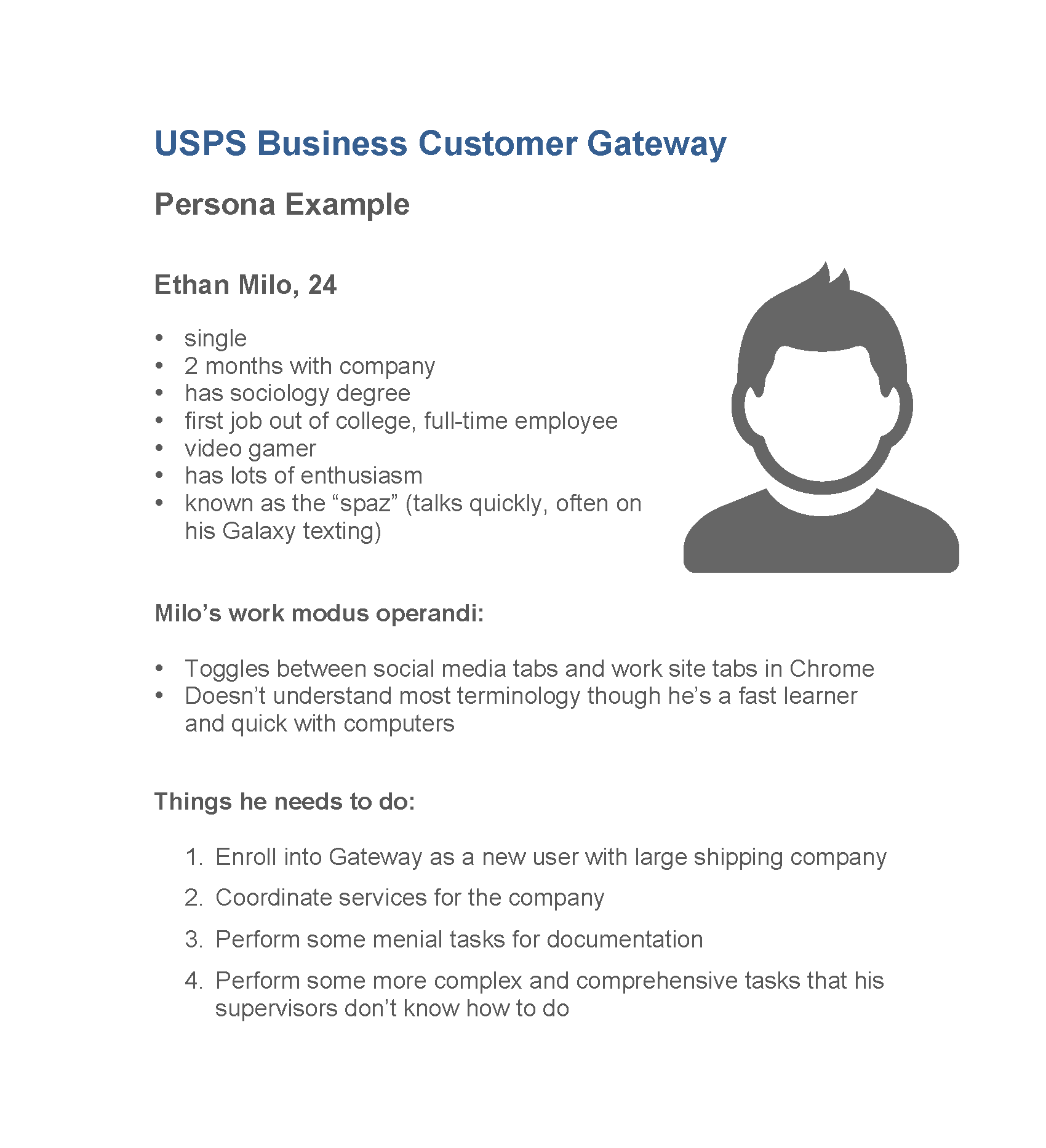Case Study: USPS Business Customer Gateway
Redesigning the U.S. Postal Service's B2B Shipping Portal for simplified user-experience
The enhancement focused on making the USPS Business Customer Gateway easier to use, simplifying the onboarding process, and tailoring the experience for different business types. The update improved the account creation process and made it simpler to add new locations while keeping the overall same backend business logic.
Project Overview
Role: UX/UI Design Lead, Front-end Developer
Client: U.S. Postal Service
Employer: Optimo-IT
Timeline: 2012-2013
Tools Used: Balsamiq, Fireworks, Axure, InVision, whiteboard, HTML/CSS, MS Teams (Lync)
The Challenges
The original USPS Business Customer Gateway was developed with a technical-first approach, lacking user experience considerations. As a result, the platform was complex and required extensive training, leading some businesses to switch to more modern competitors. The redesign aimed to simplify the onboarding process while accommodating the platform’s intricate business logic.
A key challenge was ensuring the interface remained intuitive for novice users while providing experienced users with the necessary controls for efficiency. The BCG application categorized users based on their company profile:
- Single User-Single Location (SS)
- Single User-Multiple Locations (SM)
- Multiple User-Single Location (MS)
- Multiple User-Multiple Locations (MM)
Notably, some MM users weren’t necessarily more advanced than SS users. To address this, we developed user personas to guide design decisions, ensuring the platform was accessible to the widest range of users.
Other challenges included:
- Developing a design system that built upon USPS.com’s existing branding while introducing distinctions to create a unique look and feel, ensuring a consistent and seamless user experience across all USPS internal sites.
- Collaborating remotely – with the product team in a different DC office location and with a development team in a different time zone.
Strategy & Approach
- Developed user personas, wireframes, and high-fidelity interactive prototypes.
- Adopted an agile workflow, keeping design two sprints ahead of development.
- Worked closely with the product team to design a wireframe prototype for each user story and to demonstrate a workflow visualization for the larger team.
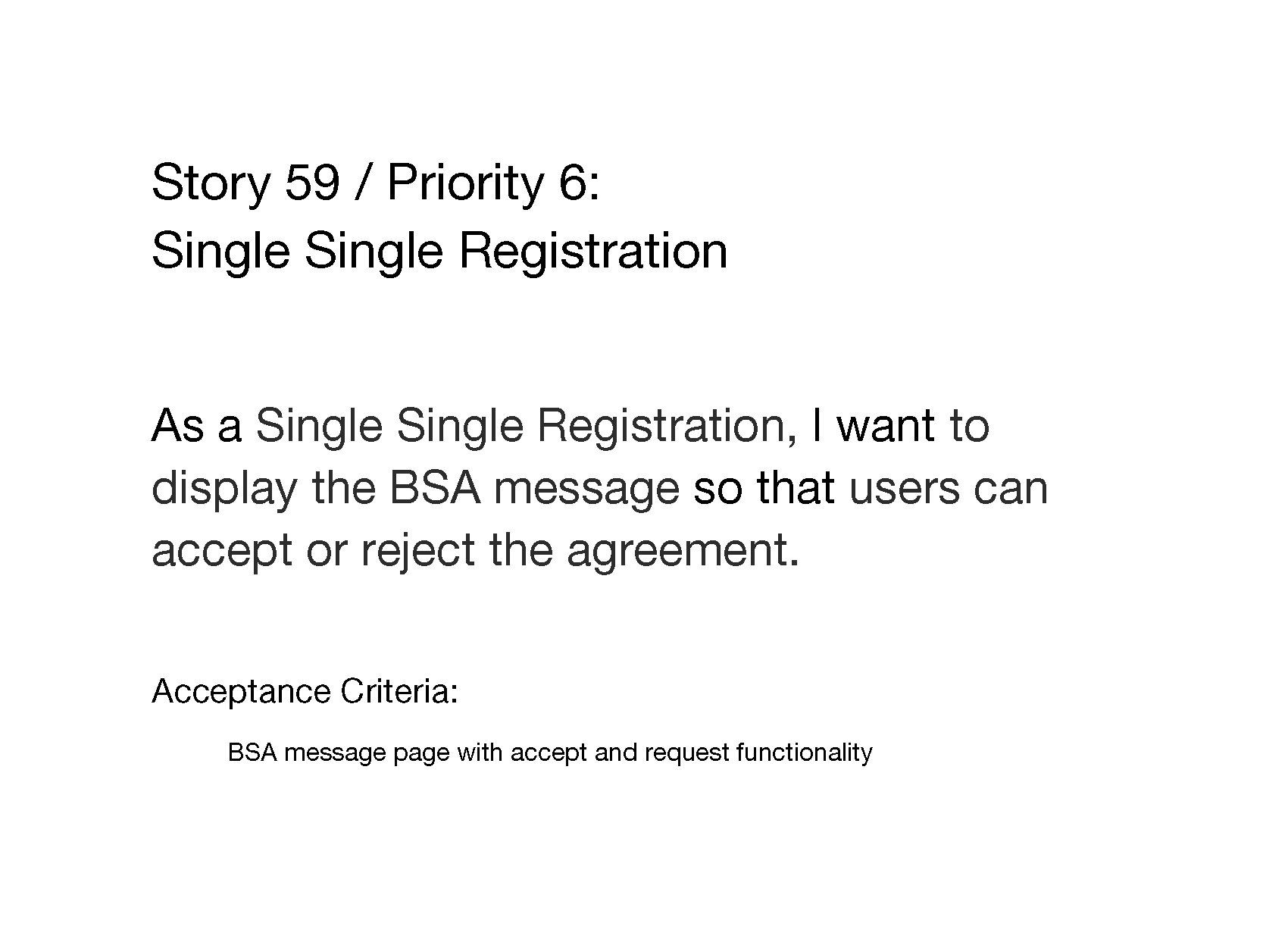
- Conducted weekly demo sessions with product and development teams to gather feedback, identify gaps, and refine logic before implementation.
- Leveraged enterprise-level chat tools for on-demand meetings and regular screen-sharing sessions, frequently sharing controls to demonstrate code and facilitate knowledge sharing. This practice also increased trust and reliablity between the different teams.
Solution & Execution
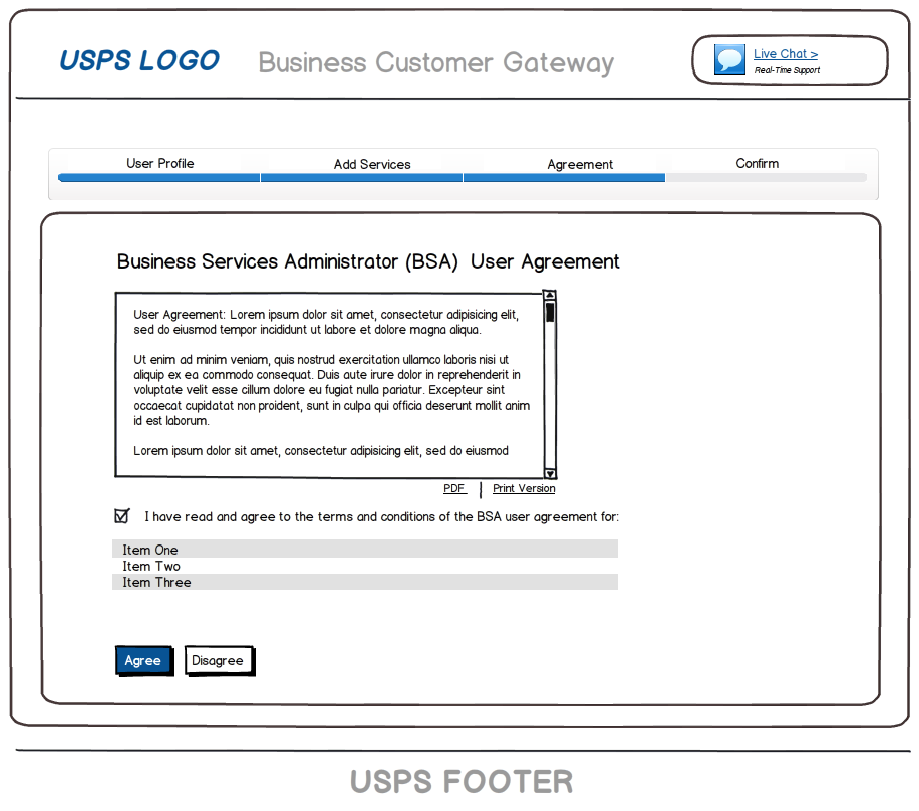
Introduced a progress indicator, hover-based tooltips, and a more intuitive user flow.
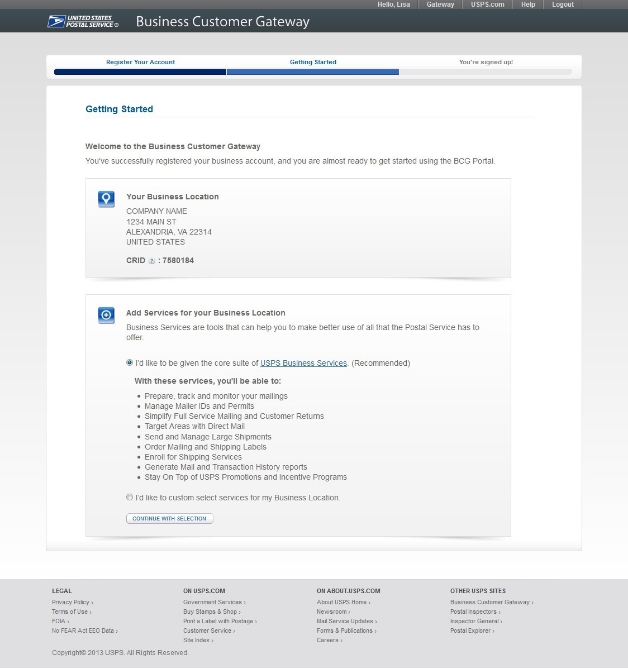
Designed a new onboarding process with conditional logic tailored to different business types.
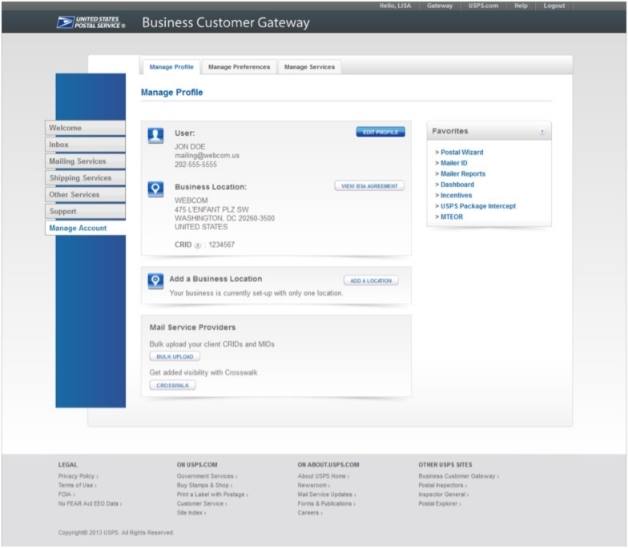
Enhanced the interface’s visual design while preserving USPS’s global footer and while keeping business logic intact on the backend.
Impact & Results
- Qualitative: Positive client feedback and a notable reduction in user complaints.
- Team Morale: The USPS product and development teams were relieved to have a user-friendly solution that maintained backend compatibility. Higher adoption rates and fewer complaints reinforced the success of the redesign.
Key Learnings
- Balancing business needs with user experience was crucial. Early discussions with stakeholders helped us understand existing system constraints and opportunities for improvement.
- Understanding system logic and user pain points was essential. Keeping design sprints ahead of development ensured features were manageable and realistic to implement.
- Leveraging personas helped bridge the gap in user research. While direct user research wasn’t available, personas allowed the team to empathize with different user types and refine the experience accordingly. Not all large businesses had dedicated resources for platform training, so simplifying the onboarding experience benefited a broader audience.

Conclusion
Despite not having direct access to user research and having to create a new design system for the Business Customer Gateway, we successfully improved the platform by applying core UX principles and keeping end users in mind.
The agile workflow—maintaining transparency, iterating based on feedback, constant collaboration, and staying ahead of development—enabled us to deliver a streamlined, efficient and usable solution.
Although the graphical elements of the redesign were not highly modern due to certain constraints, the USPS Business Customer Gateway has retained many of its core components, indicating that the UX redesign has remained effective and valuable for over a decade.

